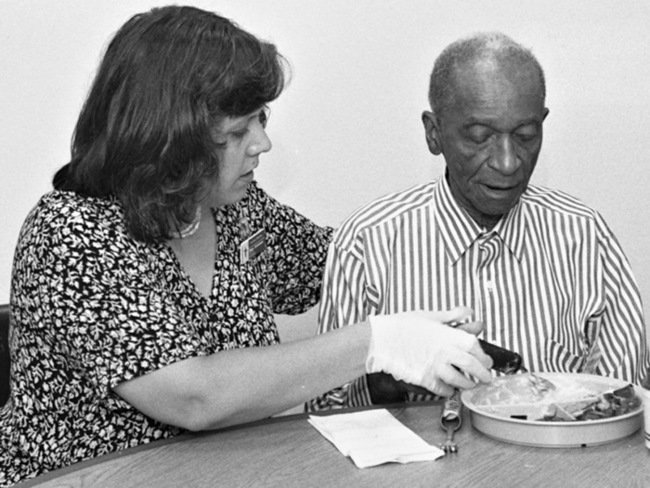After reading this chapter, the reader will be able to do the following: • Understand the basic terminology used in occupational therapy (OT) • Describe the nature and scope of the practice of occupational therapy • Identify personality characteristics fitting for a career in occupational therapy • Describe levels of occupational therapy personnel • Identify types of activities used in occupational therapy intervention The Merriam-Webster’s Collegiate Dictionary® provides definitions for six words that help one to understand occupational therapy9: Occupation: Activity in which one engages Therapy: Treatment of an illness or disability Goal: End toward which effort is directed Activity: State or condition of being involved Independence: State or condition of being self-reliant (independent) These terms provide a skeletal definition. Occupational therapy is a practice that uses goal-directed activity to promote independence in function. The Occupational Therapy Practice Framework: Domain and Process, from the American Occupational Therapy Association (AOTA), provides more specificity to the above definition4: Areas of occupation: Various life activities, including activities of daily living (ADL), instrumental activities of daily living, education, work, play, leisure, and social participation4,7 Occupational performance: The ability to carry out activities of daily life (including activities in the areas of occupation)4,7 Purposeful activity: An activity used during intervention that is goal-directed and may or may not be viewed as meaningful to the client.4,8 These activities typically involve an end product and are goal-directed. American Occupational Therapy Association (AOTA) defines occupational therapy (Box 1-1) for professionals and consumers as a profession that uses therapeutic activities to help persons engage in meaningful activities.3 Occupational therapy practitioner refers to two different levels of clinicians: an occupational therapist (OT) or an occupational therapy assistant (OTA). The OT has more extensive education and training in theory and evaluation than the OTA, who works under the supervision of an OT. Often, the OT is referred to as performing at the “professional” level, while the OTA performs at the “technical” level of practice. As of 2007, OTs must successfully graduate with a Master’s degree; OTAs must successfully complete a two-year associate’s degree program. Herein, OT practitioner refers to those within the field at either level. These two roles are discussed in greater depth in Chapters 5 and 7. OT practitioners work with clients of all ages and diagnoses. The goal of occupational therapy intervention is to increase the ability of the client to participate in everyday activities, including feeding, dressing, bathing, leisure, work, education, and social participation. The OT practitioner interacts with a client to assess existing performance, set therapeutic goals, develop a plan, and implement intervention to enable the client to function better in his or her world. OT practitioners may advocate for clients, make or modify equipment, and/or provide hands-on experiences to help people reengage in life. The OT practi-tioner records progress and communicates intervention specifics to others (e.g., their professionals, families, insurance agencies). However, the OT practitioner does not simply do something to or for the client; rather, the OT practitioner guides the person to actively participate in intervention. Therefore, it is important for the OT practitioner to establish rapport (a relationship of mutual trust) with the client. The therapeutic relationship has value and plays a key role in the intervention process. Section III provides a detailed description of the practice of occupational therapy.
Introductory Questions

What Is Occupational Therapy?
Are There Different Levels of the Occupational Therapy Practitioner?
What Does an Occupational Therapy Practitioner Do?
Stay updated, free articles. Join our Telegram channel

Full access? Get Clinical Tree


